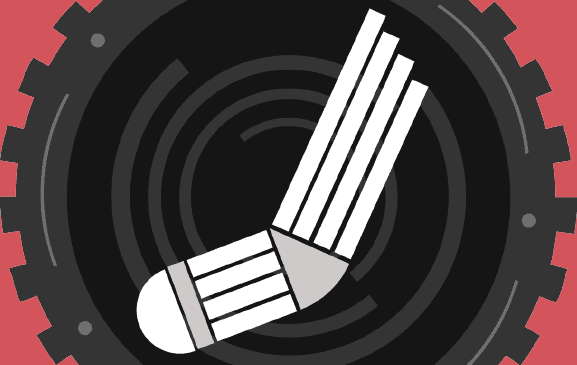When it comes to Wins Above Replacement, the White Sox are usually in the position of taking it however they can get it.
According to FanGraphs, the White Sox finished 26th out of 30 teams in position-player WAR with 9.9. This has long been a problem for the Sox, who are dead-last in position-player WAR in the Rick Hahn era at 64.9. The Padres, the National League's White Sox, are second-to-last with 66.3. These two teams also occupy the cellar if you stretch it all the way back to the start of the White Sox' postseason drought.
The Sox' problems accruing WAR are twofold: They've run out a lot of bad hitters, and their good hitters are mediocre-at-best defenders. There are only a few who defy this label, and they're the only ones who lead the Sox in WAR over the last 10 years:
- Alexei Ramirez, 18.3
- Jose Abreu, 15.9
- Adam Eaton, 13.4
- Alejandro De Aza, 7.6
- Paul Konerko, 7.5
Ramirez was an acceptable hitter with a strong glove at the game's second-toughest position. Adam Eaton was a strong hitter who was stretched in center, but then made a Gold Glove case in right. Jose Abreu had a record-setting start to his career at the plate.
After that? Yech. The Sox are so WAR-starved that adequate seasons look like godsends, and that brings us to Yolmer Sanchez.
There's a gap in WAR valuations when it comes to the fan favorite. Baseball-Reference.com puts him 6.1 WAR over the last two seasons, while FanGraphs has him at 3.9. That's a bigger difference than the numbers may indicate, in the sense that the former is "solidly average," and the other is more along the lines of "not a total liability." Because the White Sox are the White Sox, even Sanchez's lower number rates as the team's third-best output among non-pitchers the last two years.
As Mike Moustakas languished on the free agent market last year, Sanchez's surprising WAR became an argument against an outside acquisition. Sanchez held an argument for being the better overall player, and so giving him everyday at-bats was a cromulent use of a rebuilding year in the event that he hadn't hit his ceiling.
Sanchez's 2018 performance suggests he hit his ceiling the year before. Or maybe he benefited from the juiced ball. Whatever the case, Moustakas narrowed the gap/crept ahead in 2018, his second year removed from major ankle surgery. The tale of the tape shows two players who get to the same neighborhood via different nav systems:
| 2017-18 | PA | 2B | 3B | HR | BB | K | BA | OBP | SLG | bWAR | fWAR |
|---|---|---|---|---|---|---|---|---|---|---|---|
| Sanchez | 1196 | 53 | 18 | 20 | 84 | 249 | .253 | .312 | .390 | 6.1 | 3.9 |
| Moustakas | 1233 | 57 | 1 | 66 | 83 | 197 | .262 | .315 | .489 | 4.3 | 4.5 |
The question about third base going forward is how you'd rather go about getting your value if it isn't from Manny Machado. Sanchez's defensive-boosted brand seems like a dead end to me, perhaps because he hit .223/.302/.345 over the final four months (imagine what that line would look like if his walks didn't triple in frequency). The value evaporates as soon as the glovework looks more ordinary, and while you could say that about the particular strength of any player, defensive metrics have a history of being more tenuous.
If Sanchez has another step in him, it's more likely with a step back, falling into the utility role. There's a lot of value in stepping in and providing adequacy at multiple positions, including third base if disaster strikes.
From there, how the Sox can go about filling third base when Machado isn't likely? Todd Frazier gives us an idea of what kind of impact Moustakas-like production would make (fine, but a little empty). Maybe they give Jose Rondon a chance to see what's behind his 24 homers over 122 games between Charlotte and Chicago in 2018. Personally, I'd want Adrian Beltre for the material.
Third base should be one of the most fascinating areas of the Offseason Plan Project, because activity in any direction can be justified. Sanchez as Plan A holds less appeal to me this time around.





